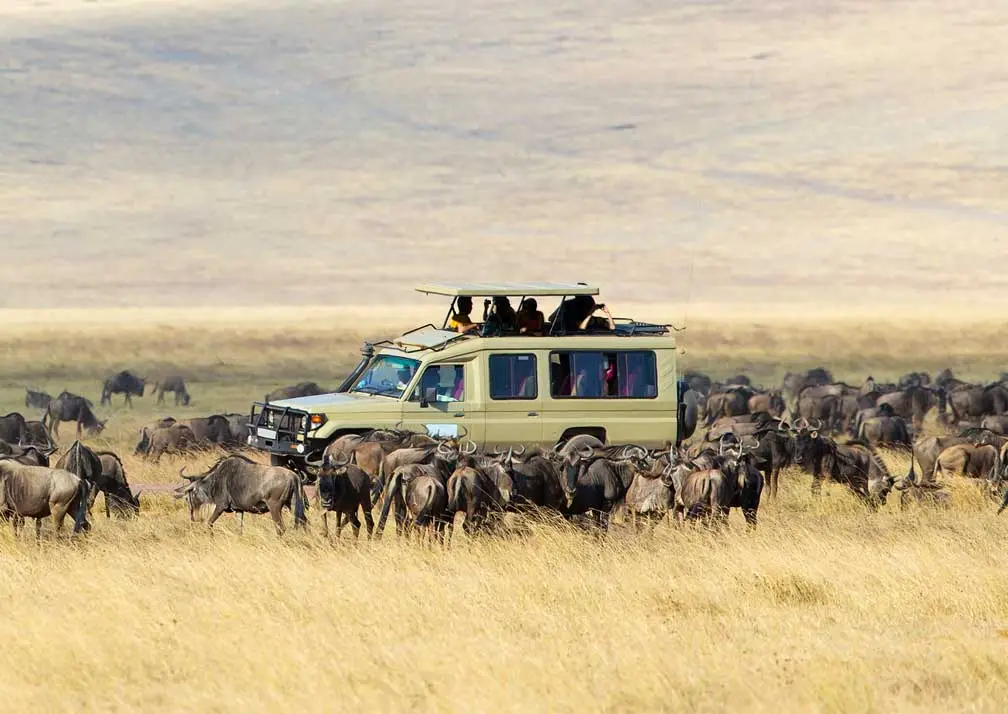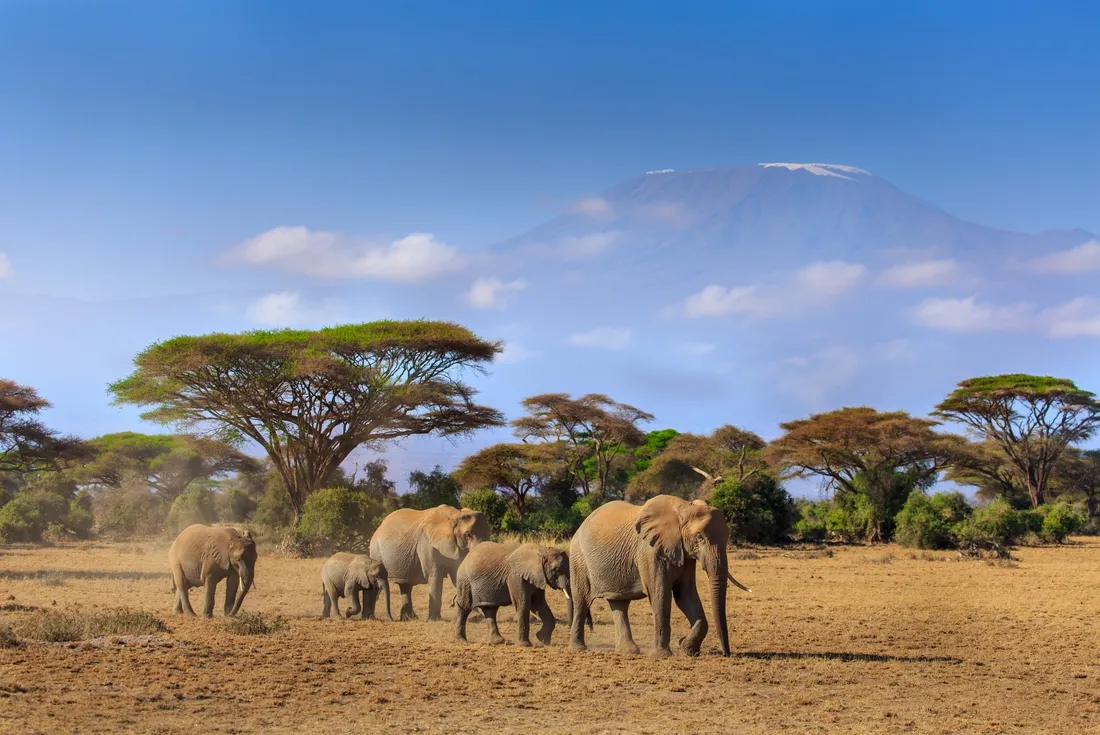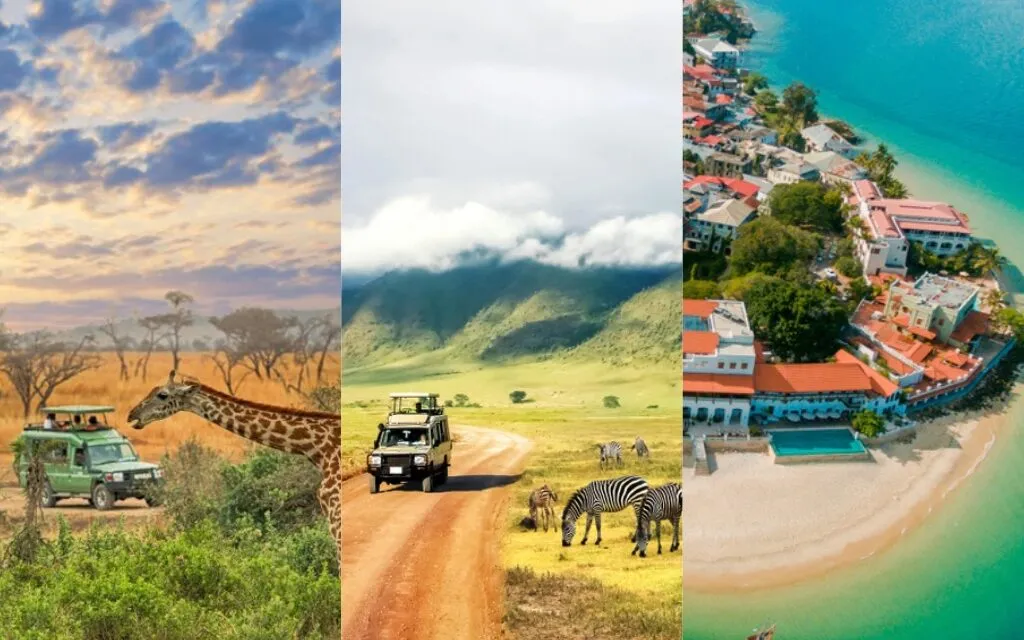6-Day Marangu Route Kilimanjaro Climb: Affordable Trek to Uhuru Peak
The 6-Day Marangu Route Kilimanjaro Climb offers a classic and comfortable trek to Africa’s highest peak. Known as the “Coca-Cola Route,” it features hut accommodations and a gradual ascent, making it ideal for first-time climbers. This route takes you through lush rainforests, moorlands, and alpine deserts before reaching the majestic Uhuru Peak at 5,895m. Each day provides practical guidance on pacing, hydration, and acclimatization to boost your success rate. With experienced guides and well-planned logistics, the 6-Day Marangu Route Kilimanjaro Climb delivers a balanced mix of challenge, comfort, and breathtaking scenery for a truly unforgettable adventure.
Book Your Climb Now6-Day Marangu Route Highlights
- Duration: 6 Days, 5 Nights
- Destination: Kilimanjaro National Park, Marangu Route
- Main Goal: Summit Uhuru Peak (5,895m)
- Tour Style: Guided trek, small groups (2–10 people)
- Best Time: January–March, June–October for 85% summit success
- Ideal For: Adventure seekers, first-time trekkers, fitness enthusiasts
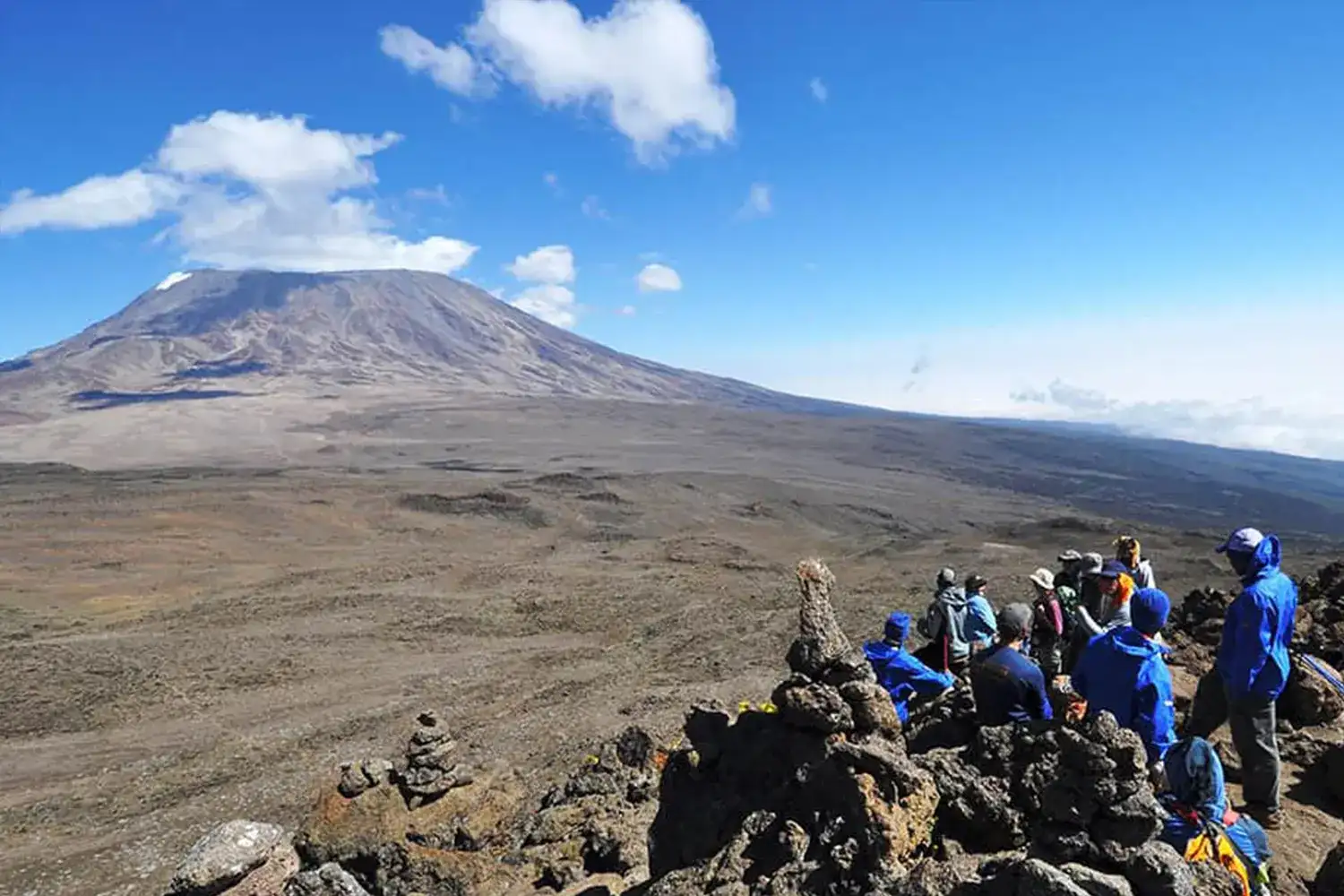
Why Choose the 6-Day Marangu Route Kilimanjaro Climb?
The 6-day Marangu Route Kilimanjaro climb with Capable Africa Tours offers an affordable and accessible way to reach Uhuru Peak in Kilimanjaro National Park. Often called the "Coca-Cola Route" due to its popularity and relative ease, this route features comfortable hut accommodations at Mandara, Horombo, and Kibo Huts, unlike the camping required on other routes. With professional mountain guides and porters, all Kilimanjaro park fees included, and a focus on altitude acclimatization, this trek boasts an 85% summit success rate. Whether you’re a first-time trekker or an experienced hiker, this Mount Kilimanjaro climbing package is designed for adventure, comfort, and unforgettable views.
The Marangu Route takes you through diverse ecosystems, from lush rainforests to alpine deserts, culminating at the snow-capped summit of Uhuru Peak. Our itinerary includes an acclimatization day to boost your chances of success, plus a Kilimanjaro trekking certificate to celebrate your achievement. Ready for Kilimanjaro trekking in 2026? Let’s dive into the details!
Detailed 6-Day Marangu Route Kilimanjaro Climb Itinerary
Our 6-day Marangu Route Kilimanjaro climb is meticulously planned to optimize your trek through Kilimanjaro National Park. Starting at Marangu Gate, you’ll ascend to Uhuru Peak with expert guides and porters, staying in full board hut accommodations. Below is a day-by-day breakdown of your 2026 Kilimanjaro trekking adventure.
Day 1: Arrival in Moshi & Pre-Climb Briefing
Your 6-day Marangu Route Kilimanjaro climb begins in Moshi, the gateway to Kilimanjaro National Park. Arrive at Kilimanjaro International Airport (JRO) and transfer to your hotel in Moshi. Meet your professional mountain guides for a detailed briefing, gear check, and rest to prepare for the trek ahead.
- Activities: Airport transfer, pre-climb briefing
- Highlights: Introduction to Kilimanjaro, gear preparation
- Meals: Dinner at hotel
- Accommodation: Hotel in Moshi
Day 2: Marangu Gate to Mandara Hut
Drive from Moshi to Marangu Gate (1,860m) to start your trek. Hike through lush rainforest, spotting colobus monkeys and vibrant birdlife. Arrive at Mandara Hut (2,700m) for a hearty dinner and rest in comfortable huts.
- Hiking Time: 4–5 hours, 8 km
- Highlights: Rainforest trek, Marangu Gate entry
- Meals: Breakfast, lunch, dinner
- Accommodation: Mandara Hut
Day 3: Mandara Hut to Horombo Hut
Trek from Mandara Hut to Horombo Hut (3,720m), passing through heath and moorland zones with stunning views of Mawenzi Peak. This gradual ascent aids altitude acclimatization, preparing you for the summit push.
- Hiking Time: 6–8 hours, 12 km
- Highlights: Mawenzi Peak views, moorland landscapes
- Meals: Breakfast, lunch, dinner
- Accommodation: Horombo Hut
Day 4: Horombo Hut Acclimatization Day
Spend a day at Horombo Hut for altitude acclimatization. Take a short hike to Zebra Rocks (4,000m) to "climb high, sleep low," boosting your summit success. Rest and enjoy the alpine scenery with your guides.
- Hiking Time: 2–3 hours, 4 km
- Highlights: Acclimatization hike, Kilimanjaro views
- Meals: Breakfast, lunch, dinner
- Accommodation: Horombo Hut
Day 5: Horombo Hut to Kibo Hut
Hike from Horombo Hut to Kibo Hut (4,703m), crossing the lunar-like Saddle between Mawenzi and Kibo peaks. Rest early at Kibo Hut to prepare for the midnight summit attempt.
- Hiking Time: 6–8 hours, 10 km
- Highlights: Alpine desert, Saddle views
- Meals: Breakfast, lunch, dinner
- Accommodation: Kibo Hut
Day 6: Kibo Hut to Uhuru Peak & Descent to Moshi
Begin your summit attempt at midnight, trekking to Gilman’s Point (5,685m) and then Uhuru Peak (5,895m). Celebrate your Kilimanjaro trekking certificate at the summit! Descend to Horombo Hut, then continue to Marangu Gate and transfer back to Moshi.
- Hiking Time: 12–15 hours, 22 km
- Highlights: Summit Uhuru Peak, Kilimanjaro certificate
- Meals: Breakfast, lunch
- Accommodation: Hotel in Moshi
Why the Marangu Route Stands Out for Kilimanjaro Trekking in 2026
The Marangu Route, often dubbed the "Coca-Cola Route," is the only Kilimanjaro route with hut accommodations, offering a cozy alternative to tent camping. With a high summit success rate, thanks to the acclimatization day at Horombo Hut, this 6-day Kilimanjaro climb is ideal for trekkers seeking comfort and affordability. Capable Africa Tours ensures professional mountain guides and porters, full board meals, and all Kilimanjaro park fees are included, making this Mount Kilimanjaro climbing package a top choice for 2026.
6-Day Marangu Route Kilimanjaro Climb Gallery
Explore stunning images from each stage of the 6-day Kilimanjaro climb via the Marangu Route — from forest trails to glacier views near the summit.
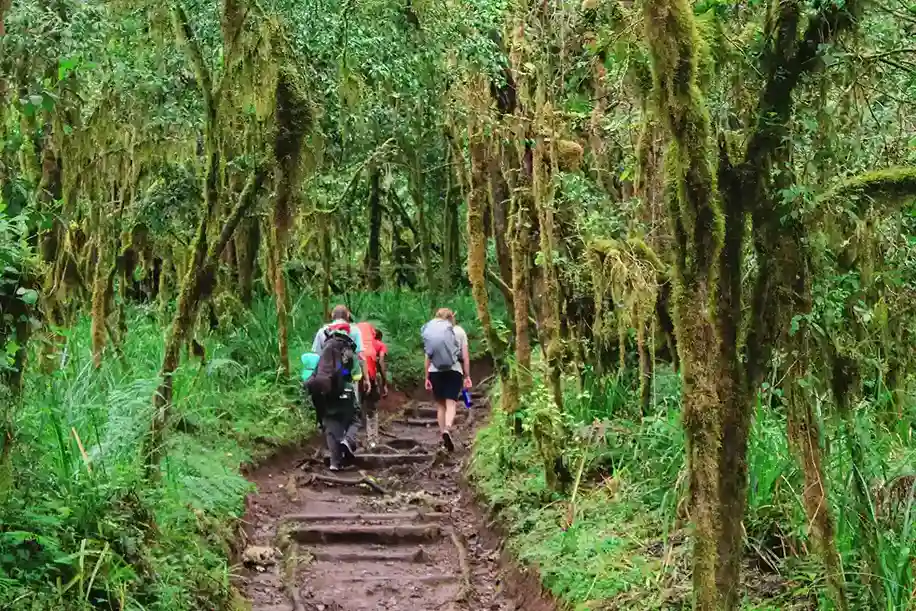
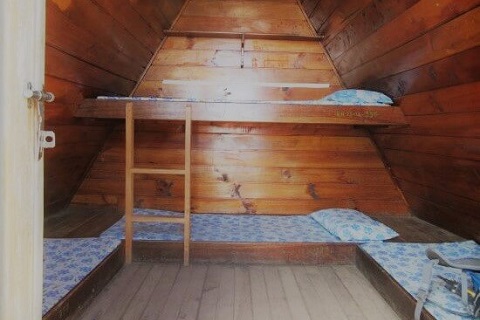
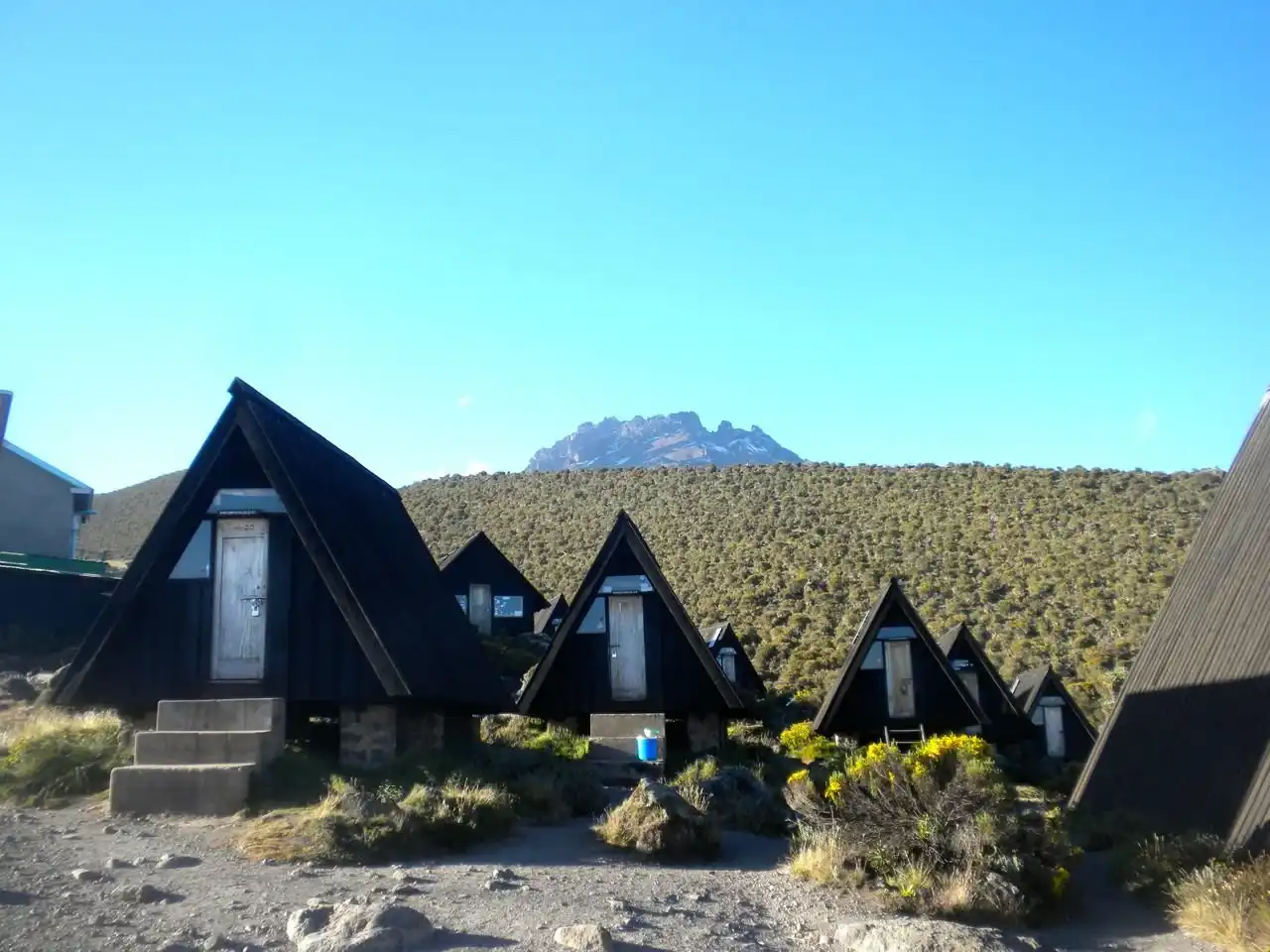
Experience the Marangu Route Kilimanjaro Climb
Watch the journey unfold as you trek through Kilimanjaro National Park to Uhuru Peak via the Marangu Route with Capable Africa Tours.
Trekking Gear and Packing List for Marangu Route
Packing smart is key for a successful 6-day Marangu Route Kilimanjaro climb. The right trekking gear ensures comfort and safety across Kilimanjaro’s diverse climates, from rainforests to arctic summits. Below is a detailed packing list for your 2026 Kilimanjaro trekking adventure.
- Layered Clothing: Moisture-wicking base layers, fleece, and waterproof jacket for varying climates.
- Hiking Boots: Broken-in, waterproof boots with ankle support for rocky terrain.
- Sleeping Bag: Rated for -10°C for Kibo Hut’s cold nights.
- Trekking Poles: Adjustable poles for stability on steep ascents/descents.
- Headlamp: With extra batteries for the midnight summit push.
- Water Bottles: 3 liters capacity, plus water purification tablets.
- Sun Protection: SPF 50+ sunscreen, sunglasses, and a wide-brimmed hat.
- Personal First Aid: Blister plasters, painkillers, and altitude medication (consult a doctor).
Marangu Route Cost and Price for 2026
The cost of a 6-day Marangu Route Kilimanjaro climb starts at $1,800 per person, covering Kilimanjaro park fees, full board hut accommodation, professional mountain guides, and porters. Prices vary based on group size, private vs. group treks, and optional add-ons like extra acclimatization days. Contact Capable Africa Tours for a personalized quote and start planning your Kilimanjaro summit via Marangu Route today!
6-Day Marangu Route Price Inclusions & Exclusions
Our 6-day Marangu Route Kilimanjaro climb package is designed for transparency. Inclusions cover essentials like park fees, guides, and meals, while exclusions like international flights and tips are clearly outlined. Below is a detailed breakdown to help you plan your 2026 Kilimanjaro trekking adventure.
Price Inclusions
- Round-trip transfers from Moshi
- Kilimanjaro National Park fees (entry, camping, rescue)
- Professional mountain guides and porters
- Full board hut accommodation (Mandara, Horombo, Kibo)
- All meals during the trek
- Kilimanjaro trekking certificate
- Bottled water and emergency oxygen
Price Exclusions
- International flights to Tanzania
- Travel or medical insurance
- Tips for guides/porters (~$15–20 pp/day, optional)
- Personal trekking gear (e.g., sleeping bags, boots)
- Visa fees for Tanzania
- Alcoholic beverages and personal expenses
Ready for Your 6-Day Marangu Route Kilimanjaro Climb?
Join Capable Africa Tours for an unforgettable 6-day Marangu Route Kilimanjaro climb in 2026. Summit Uhuru Peak with expert guides, stay in comfortable huts, and earn your Kilimanjaro trekking certificate. With an 85% summit success rate, this affordable Mount Kilimanjaro climbing package is perfect for adventure seekers.
- 85% summit success rate with acclimatization day
- Professional mountain guides and porters
- Full board hut accommodation for comfort
- All Kilimanjaro park fees included
- Small groups for personalized support
Limited spots available for 2026 Kilimanjaro trekking—book now to secure your climb to Uhuru Peak!
Book This Climb Now
